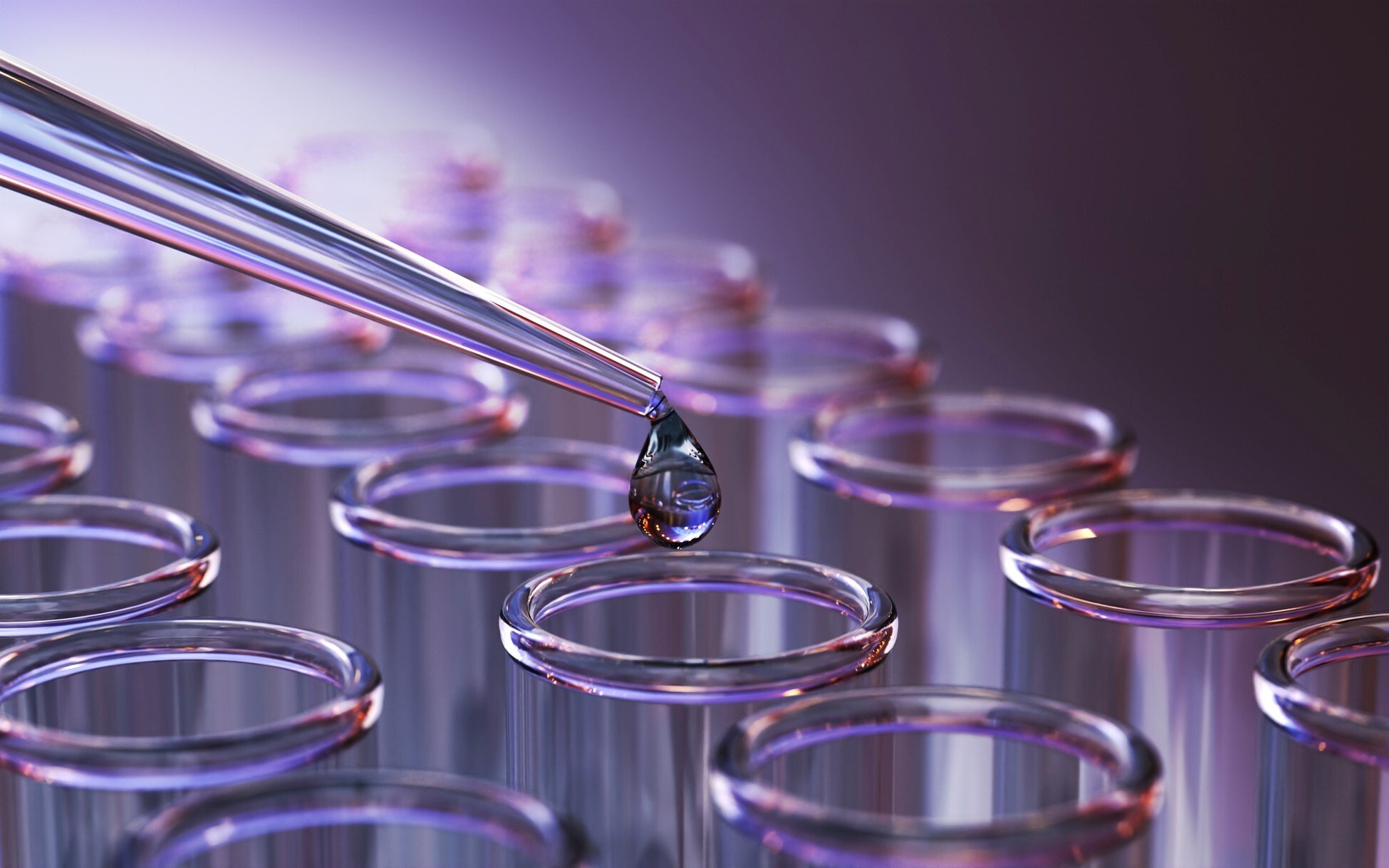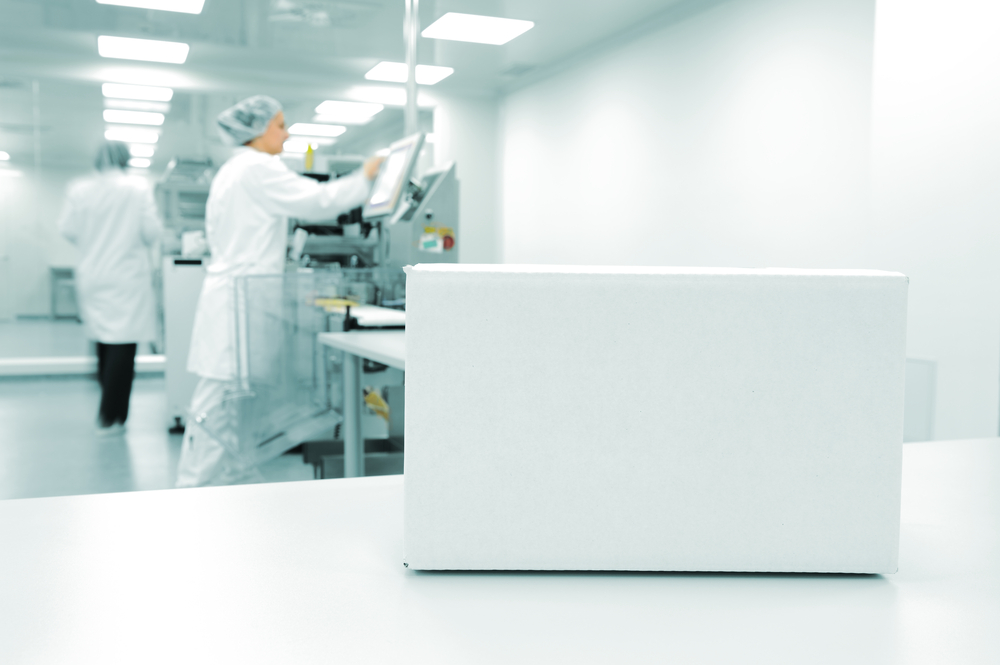Behind every packaged medical device lies a multi-faceted manufacturing process that relies on robust packaging, engineering, stringent quality controls, and unwavering adherence to regulatory standards. While the specific steps may vary depending on the type of device and its packaging requirements, here is an outline of the standard packaging process.
-
Packaging assembly – Involves gathering the selected packaging components, such as cards, trays, lids, and pouches, and assemble them accordingly. Additionally, during this stage, include the information for use (IFU), labels, and any necessary accessories.
-
Cleaning and sterilization - Prior to packaging, the medical device may undergo a rigorous cleaning and sterilization process to eliminate any contaminants. There are various sterilization methods available, including steam heat, dry heat, radiation, and EO (ethylene oxide). For additional information about sterilization please click here.
-
Sealing and closure - Once the device is inside its packaging, the next step is to create secure and tamper-evident enclosures for the medical devices.
-
Labeling and printing - If not already done by your packaging manufacturer, this is the moment to apply any necessary labels, barcodes, and other elements that will aid in identification, traceability, and regulatory compliance.
-
Inspection and quality - Inspections are a critical part of the process, aimed at identifying any defects or issues. As medical device packaging plays a vital role in the manufacturing process, ensuring the device's safety and perfect condition upon opening is equally significant.
-
Packaging testing - This process is usually completed in the validation phase to ensure the effectiveness of the packaging in protecting the devices from any external factors. Typically testing that occurs in the validation phase is repeated throughout production to ensure quality is controlled over time.
-
Documentation and record keeping – Keeping diligent and comprehensive documentation of the complete packaging process, including records of inspections, quality control activities, and testing results is necessary for traceability and process improvement.
-
Packaging and storage - Once the packaging is complete, store the medical devices in appropriate conditions, adhering to environmental and temperature requirements to maintain their sterility and quality.
-
Distribution and transportation - Medical devices must be handled and transported with care to prevent any damage during shipping.
Throughout the process, it is important to adhere to relevant regulatory requirements and industry standards to ensure that the medical devices meet all necessary guidelines.
Packaging a medical device is a complex process that involves packaging engineering, strict quality control, and regulatory adherence. The outlined steps, from design to distribution, ensure the devices' safety and effectiveness. Through meticulous documentation and compliance, manufacturers can deliver high-quality medical devices to those in need worldwide.

.webp)


